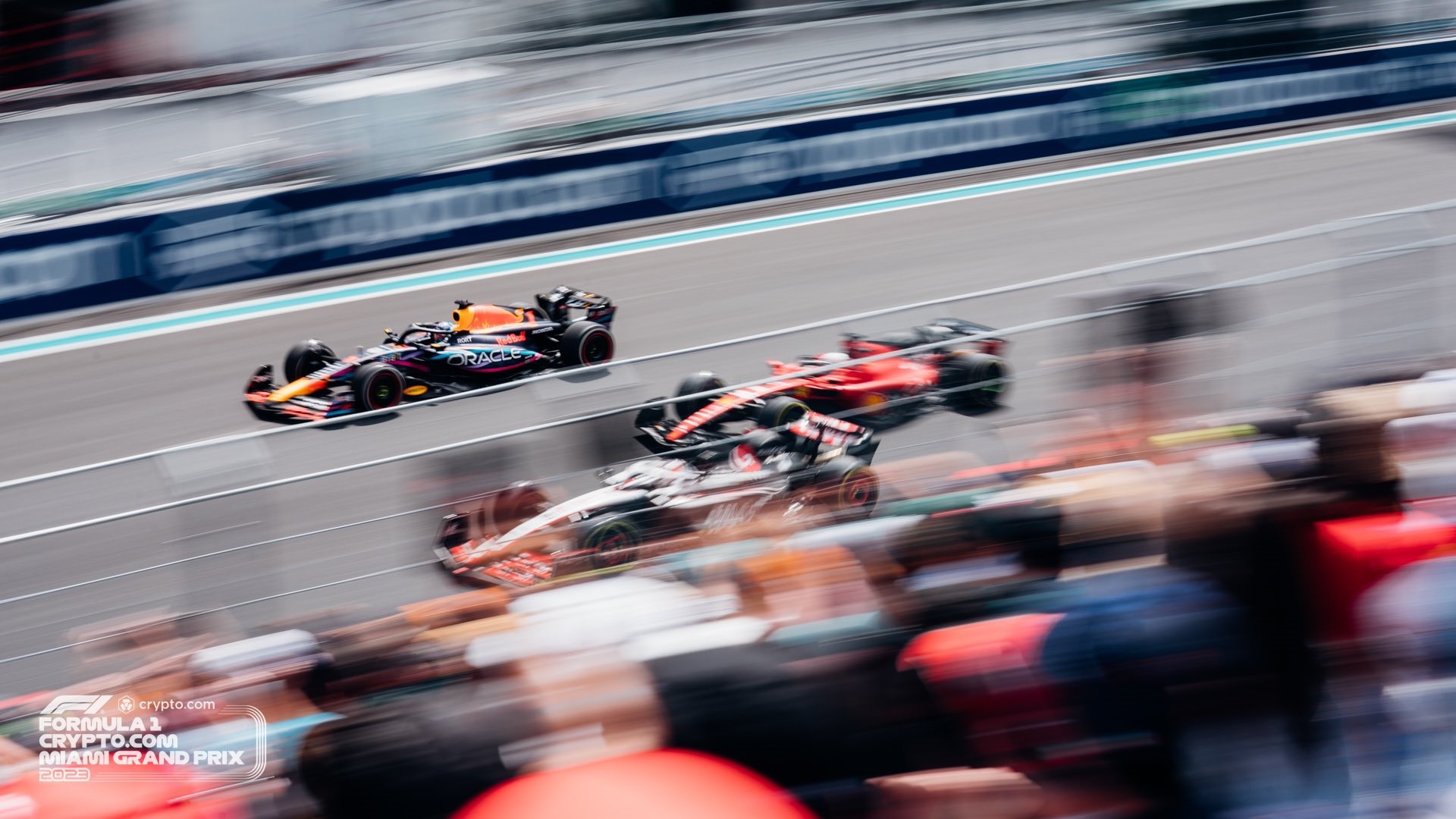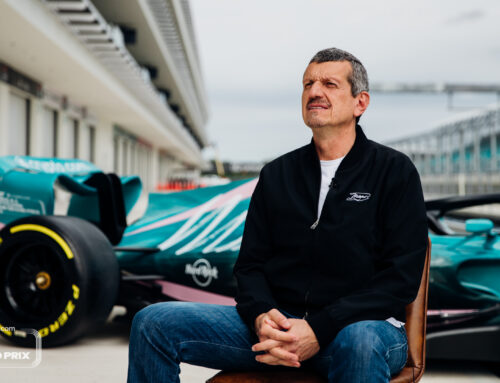Formula 1 is a complex sport. The technical and sporting regulations extend to over 200 pages and there is a supplementary financial set of rules for the teams and a sporting code for drivers. Here is a brief guide to explain the third-highest watched global sport, behind the Olympics and FIFA World Cup.
The FIA Formula 1 World Championship started in 1950. With a series of races held in different locations around the globe, the aim back then is the same as today. The winner is the first to cross the finish line and points are awarded based on top ten positions — the one with the most at the end of the year is crowned World Champion. In 1950 there were seven championship rounds, but as the sport has grown, next year will feature 24 races.
Starting in March and ending in November, the championship competes across the world with races in Europe, Asia, the Americas, the Middle East and Australia on a mixture of permanent, street or hybrid tracks. Four of those venues were on the original schedule 73 years ago: Silverstone, Monaco, Spa and Monza.
Today, the races, known as Grand Prix (from the French for ‘big prize’), last a maximum of two hours and are approximately 190 miles in distance. Each driver must pit once for four new tyres — with pitstops taking less than three seconds.
Races traditionally take part on Sundays with two days of practice beforehand. A qualifying session the day before determines the grid for the race, with the driver setting the fastest lap starting at the front on ‘pole position.’
In recent years an additional, shorter ‘Sprint’ race has taken place at half a dozen events on Saturday afternoons. With its own separate qualifying ‘shootout’ these races still count for world championship points but are one third of the distance of a Grand Prix. On Fridays, the drivers are allowed to practice in two, one-hour sessions.
The rules for the championship are set and run by the Fédération Internationale de l’Automobile, also known as the FIA. Based in Paris, the governing body for motorsport was founded in 1904 and they oversee the championship’s races as well as setting strict safety standards for the cars and circuits. The organization of the circuits, the commercial partnerships and TV coverage is run by Formula One Management (FOM) which is today owned by the US-based company Liberty Media.
There are ten teams that compete in Formula 1 – which are either privately owned or run by car manufacturers – and they must each run two cars, so 20 drivers line-up on the grid. Each team must build their own car, within the regulations, and they are known as constructors. As well as scoring points for themselves, drivers also score points for their teams who are separately competing for the Constructors’ World Championship. Drivers usually sign up to a team exclusively for a number of years.
Ferrari is the oldest team in F1, having competed in every year since 1950. McLaren are celebrating their 70th anniversary in 2023, while some teams — such as the American-owned Haas — have only been in the sport since 2016. Seven of the teams are based in the UK, two in Italy and one in Switzerland.
Mercedes, Ferrari, Renault and Honda are the four engine manufacturers that design, build and supply the teams with 1.4-litre V6 turbocharged power units, which have hybrid thermal energy recovery systems. They rev to 15,000rpm and have approximately 1,000hp.
Thousands of parts make up F1 cars which are considered some of the most technologically advanced machines in the world. Made predominantly from carbon fiber — a very light and incredibly strong material — F1 cars utilize aerodynamics, so the wings at the front and rear of the car push the car to the ground, allowing drivers to take corners at very high speeds.
Acceleration figures are extraordinary with 0-60mph in 2.6 seconds and 60-120mph in less time. Top speeds are in excess of 210mph, while perhaps more impressive is the braking: 60mph to zero in about 1.5 seconds and 15 meters.
For the spectator, watching a Grand Prix car is an incredible experience and with fans supporting their favorite teams or drivers, F1’s fan base is very passionate.













